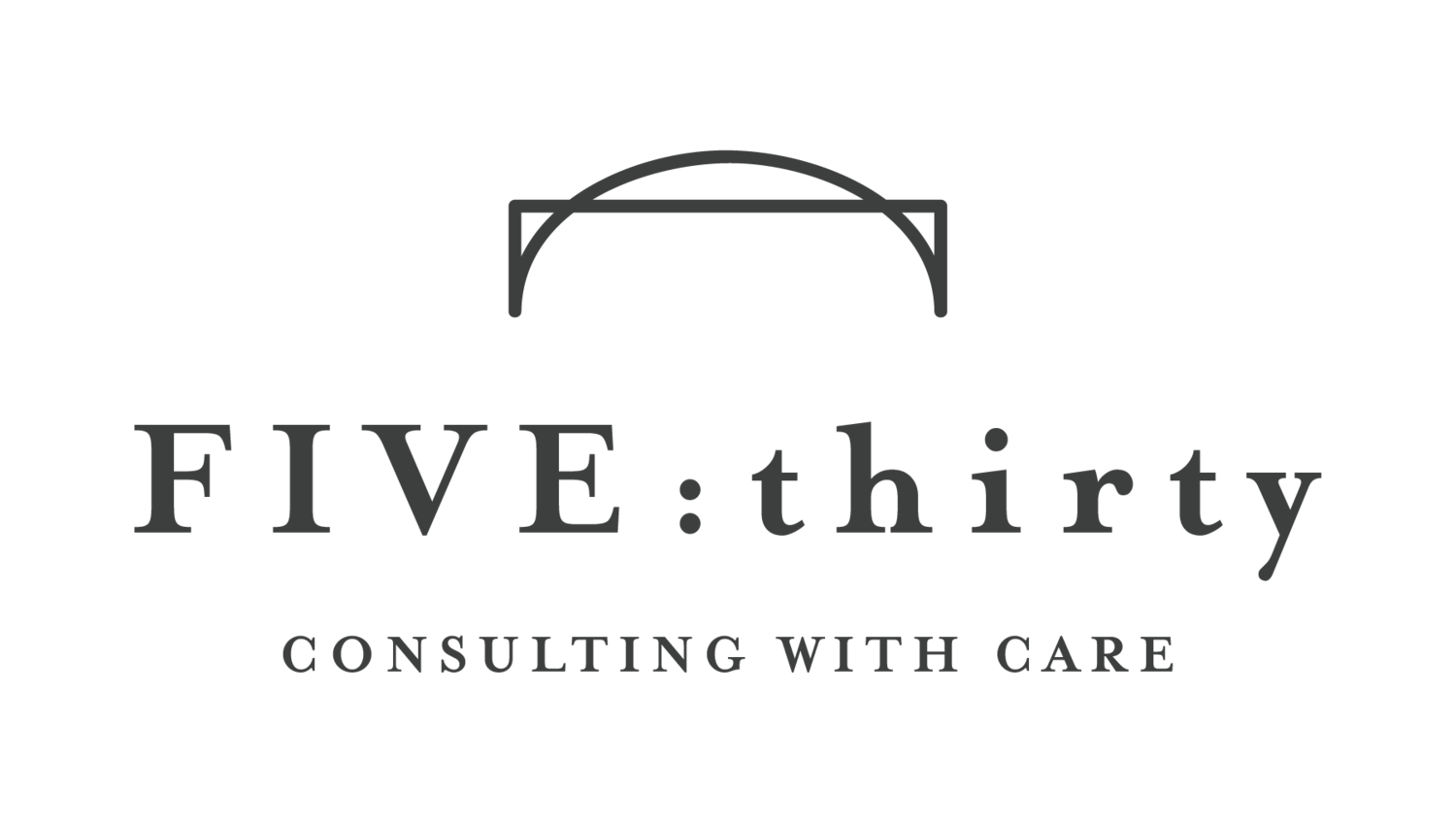How We Broke Up With Email
/We’re married to our computers and electronic devices as a design company with a virtual team. Even still, we started noticing how hard it was for us to get any "real work" done when faced with the never ending demands that email provides nearly every minute of the day.
I was noticing how hard it was to stay focused on design or actual production work when every few minutes a "ping" noise told my brain to shift attention to an incoming email. "What could that be?" my brain would say, while trying to ignore the ping and stay on task... "But was it feedback on a first draft? Was it a potential client? Was it an email about a sweepstakes for a million dollars I had won?" It was just too tempting not to take a peek, and I noticed how drained my willpower would become after trying not to check my email on every incoming message.
To this end, I started implementing little changes here and there. In our hyper-connected day and age, if there's hope for me to check my email less often (and to totally break up with it from Friday evening to Tuesday), there's hope for anyone. If you've been longing for a little more freedom from the tyranny of your inbox, feel free to use these ideas in ways that work for you and/or your business. In no particular order of effectiveness, here they are:
I set days to check email (rather than hours within each day). My days are Tuesdays, Thursdays, and some Fridays. That's right- I try to avoid my email on Mondays, Wednesdays, and weekends. Nothing good comes from a Monday email for me. The exceptions are: when we have a project deadline approaching, or a small project is close to completion.
I've taken work email off my phone. I know. This was a hard one. It was pretty apparent that my self-control to not check new messages when they were constantly at the tip of my finger (or thumb) was more difficult than I had thought. I gave this a test run during a slow season, and it worked wonders on my brains ability not to compulsively check my phone throughout any given day.
We asked our clients to do the sorting for us. We prepared chains of command using automation (robots) to sort our incoming emails. Certain addresses forward straight to our in-house work flow app. Our biggest email challenge- client updates. They come all hours of the day and night, and always seem very urgent. To this end, we've created a system to have our clients sort these emails for us based on urgency (to which they pay different hourly rates depending on urgency, which is a great built in pre-sorting tool for us). This automation helps to greatly reduce our brains thinking power as it relates to the “next step” for any given email (ie- do it now? store it? put it on the workflow?). Now, it gets setup in our workflow, is given a due date, and tags the appropriate team member so they know it’s arrived.
I implemented a new set of "ground rules" for responding to emails in an effort to shorten what could grow into an "email thread". For example, if someone is hoping to set up a meeting with us, I send over 2 or three times and dates that would work well for me. I add at the end, "If none of these options work well for you, please send 3 to 4 options that will, and we'll get it booked." Taking the extra moment to provide a little more information, with a request for more information rather than a back and forth email thread with one option at a time has saved me at least 3 to 4 emails within any given thread.
Although emailing will be a part of our foreseeable future, we've been pleased with the results of these few adjustments to thwart the tyranny of emails. Have you taken any measures to limit your email exposure? What has worked best for you?
If you’re looking for a design team that understands the unique challenges being a small business owner presents, consider getting in touch with a team who lives the life with you!

















